'If ever there's a movie where I got everything right, it was 'Alien': How Oscar winner Roger Christian made 'Alien: Earth' feel like a classic (exclusive)
"I think Ridley's words were, 'Can you build me a space truck?' And that's what we did."

Academy Award-winning "Star Wars" legend Roger Christian, mostly known for his detailed, "lived-in" universe production designs he created for George Lucas's seminal space opera, is a true cinematic artist whose pioneering work in set dressing and prop mastery goes far beyond building iconic creations like R2-D2, Han's DL-44 Blaster, the Millennium Falcon interior, and Jedi Knight lightsabers.
After his involvement helping to launch "Star Wars"' galaxy far, far, away, Christian signed on with Ridley Scott in late 1977 as his primary art director to further that same rusting, leaking, steaming aesthetic for the filmmaker's sci-fi horror project, "Alien."
Fast forward to today, and it's obvious the legacy of this worn-out look is being carried on in Noah Hawley's "Alien: Earth," now streaming on FX/Hulu. "I art directed commercials for him so I knew Ridley and his brother," Christian tells Space.com. "And Tony [Ridley's brother] was my eldest son's godfather. So I knew Ridley as a visionary."
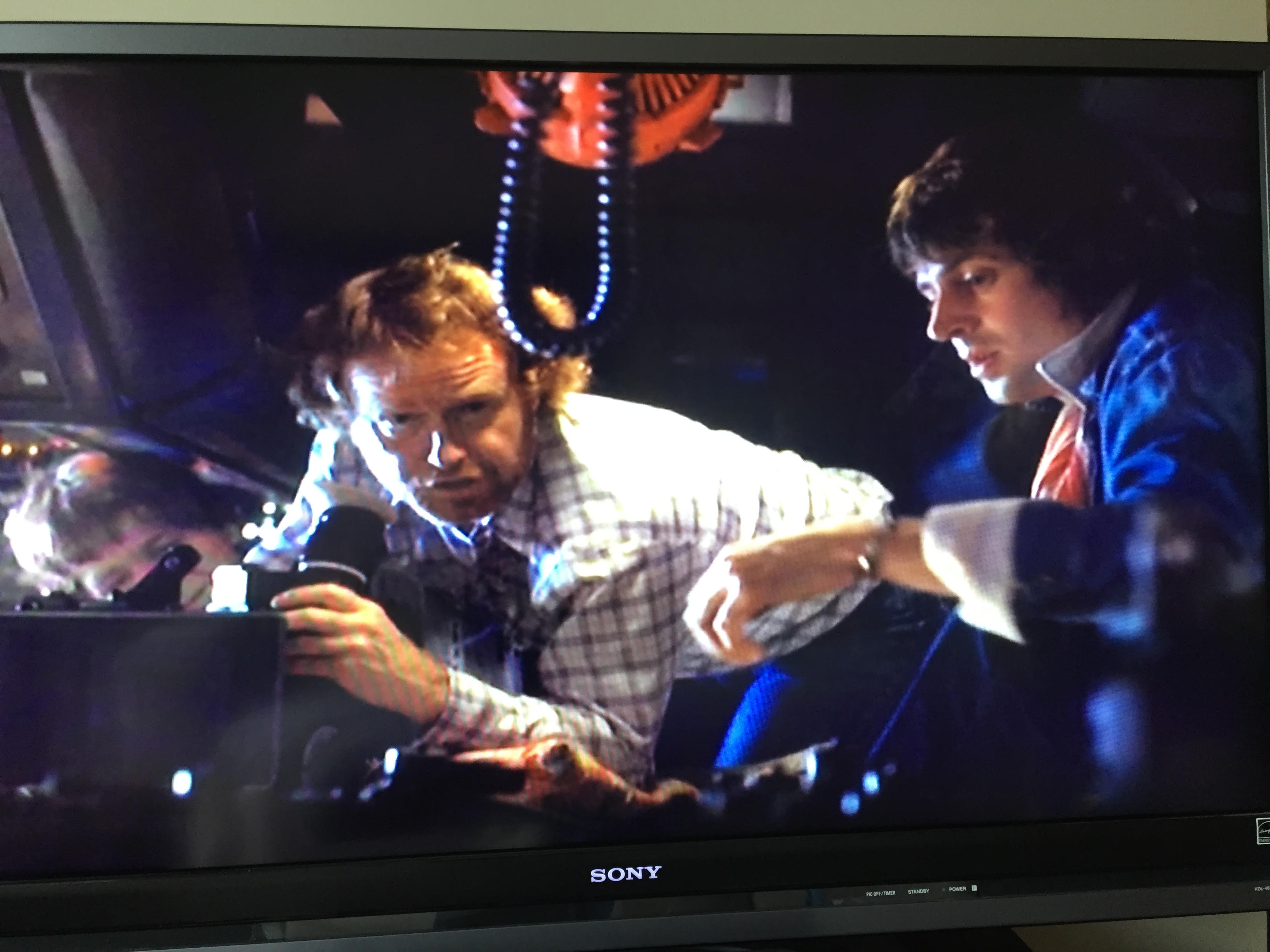
Noted Lucasfilm editor and author J.W. Rinzler, who was a personal friend of Christian's and wrote "The Making of Alien," considers these two projects to be "one of the greatest back-to-back Hollywood design accomplishments ever." On "Alien," Christian prowled British junkyards for scrap aviation parts, old jet engines, PVC piping, and sewer drain pipes for his unique set artistry and was present right beside Scott for the entire UK-based shoot outside London.
"'Alien' in some ways was similar to 'Star Wars.' It was essentially the first R-rated science fiction movie. They cut $600,000 out of our budget and where does that go? Off the art department because there were no stars in it. The moment I was asked to go they'd already built the wooden structure on two stages at Shepperton. I was on 'The Life of Brian' and couldn't do 'Alien,' but it got cancelled and I was in London sitting the producer's office when the phone rang and it was Ridley. He said, 'Get your a$$ down here to Shepperton.'
"That was because I knew how to work this kind of grungy used world. Michael Seymour who did his commercials wasn't a science fiction designer. As soon as I walked in the office they gave me the script. Around the wall were six Giger paintings and I thought, God, with Ridley's eye I knew what he was going to do."
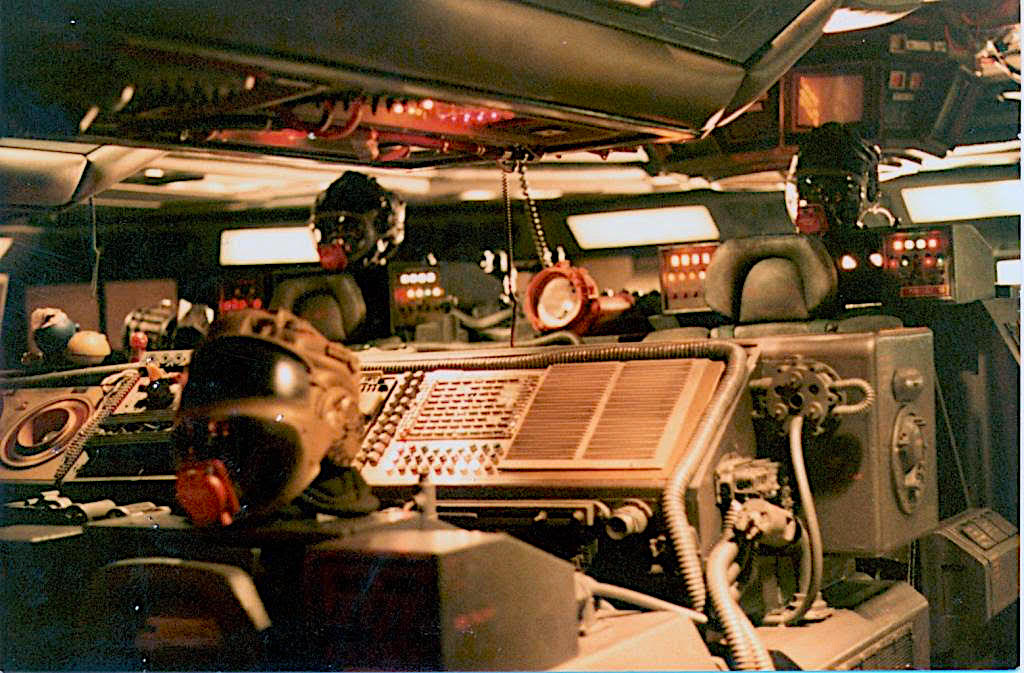
Christian recruited three prop makers he'd trained for "Star Wars" to construct the Millennium Falcon sets and his team got to work on the entire interior of the Nostromo towing vessel. Those designs are plainly mimicked in "Alien: Earth."
Breaking space news, the latest updates on rocket launches, skywatching events and more!
"If ever there's a movie where I got everything right, it was 'Alien,'" Christian admits. "Ridley wanted claustrophobia and the sets were built over two stages so if you went into a little gap in the wall, you were in the Nostromo and you couldn't get out! We were aging it down and putting on oil stains and layering all these greeblies in it. I think Ridley's words were, 'Can you build me a space truck?' And that's what we did.
"I was there on the fourth day of filming when the producers were asking why he was taking so long. He punched a hole through the ceiling in anger and frustration of them harassing him. I kept telling the producers, 'have you seen the rushes? This is insane. You're going to have such a hit on your hands.' He struggled throughout, but Ridley is very Newcastle-tenacious and wouldn't give up. I stuck by his side on it the whole way through."
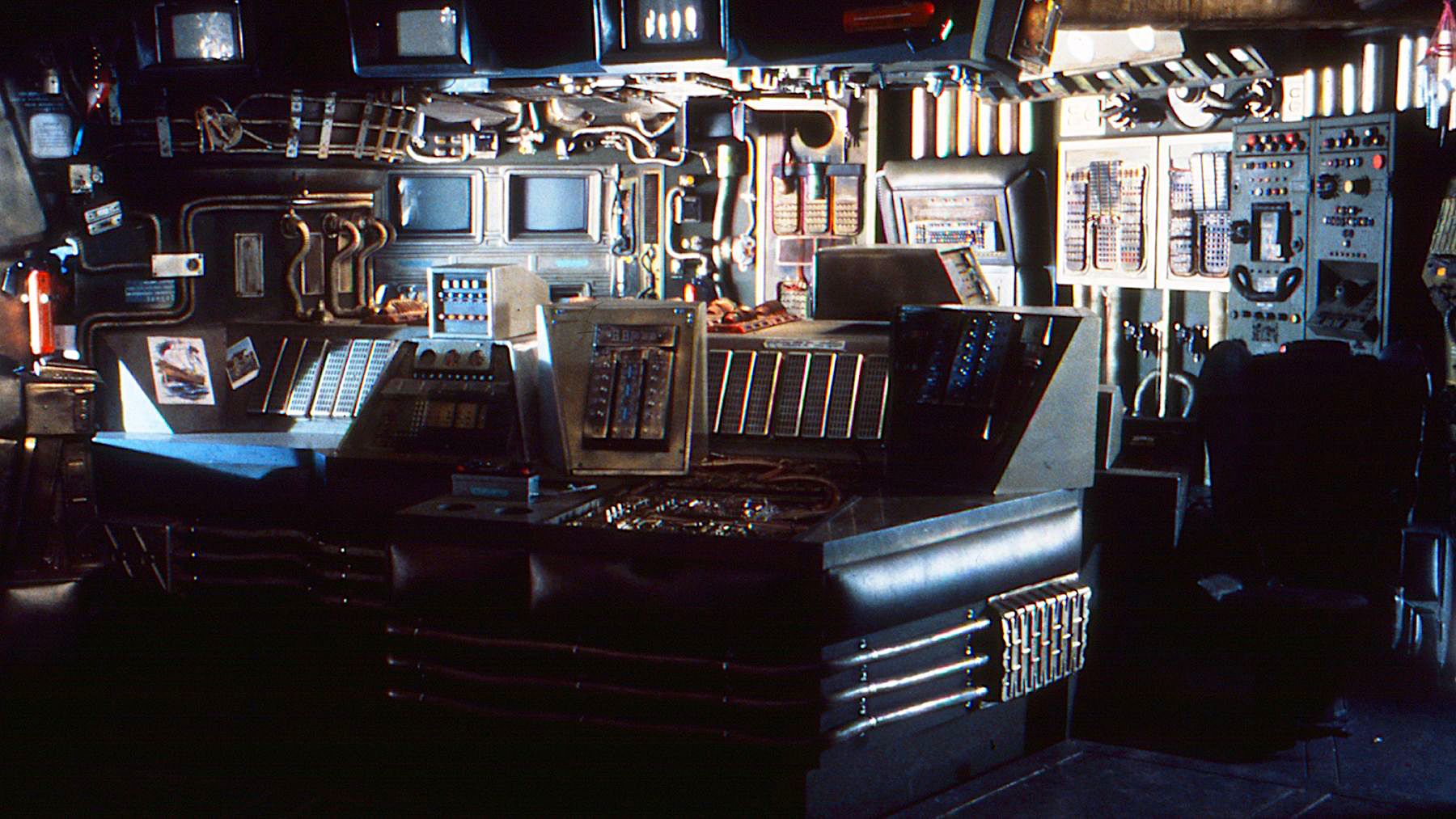
Since "Alien: Earth" is set just two years prior to the events in "Alien," the spaceship interior designs needed to match up closely to what was seen by audiences over 45 years ago.
"I'm seeing the pictures and images of it and it looks like our original 'Alien,'" he adds. "They've been allowed to do it so I'm looking forward to that a lot. All that used look, everyone wants that back and it's coming again. I'm excited about this series, no question."
The MU/TH/UR computer room in "Alien: Earth's" USCSS Maginot is identical to the one aboard the USCSS Nostromo, something Christian was thankfully not required to finish off due to his labor-intensive job creating the Nostromo.
"Sitting with [concept designer] Rob Cobb and going through designs, I realized I didn't have to dress anything for Mother. It was a relief for me. Getting that bridge built took up my days and nights and time. It was such a huge set to make and get right. So Ron did all the drawings for the computer room and they just built it and added the electronics and special effects."
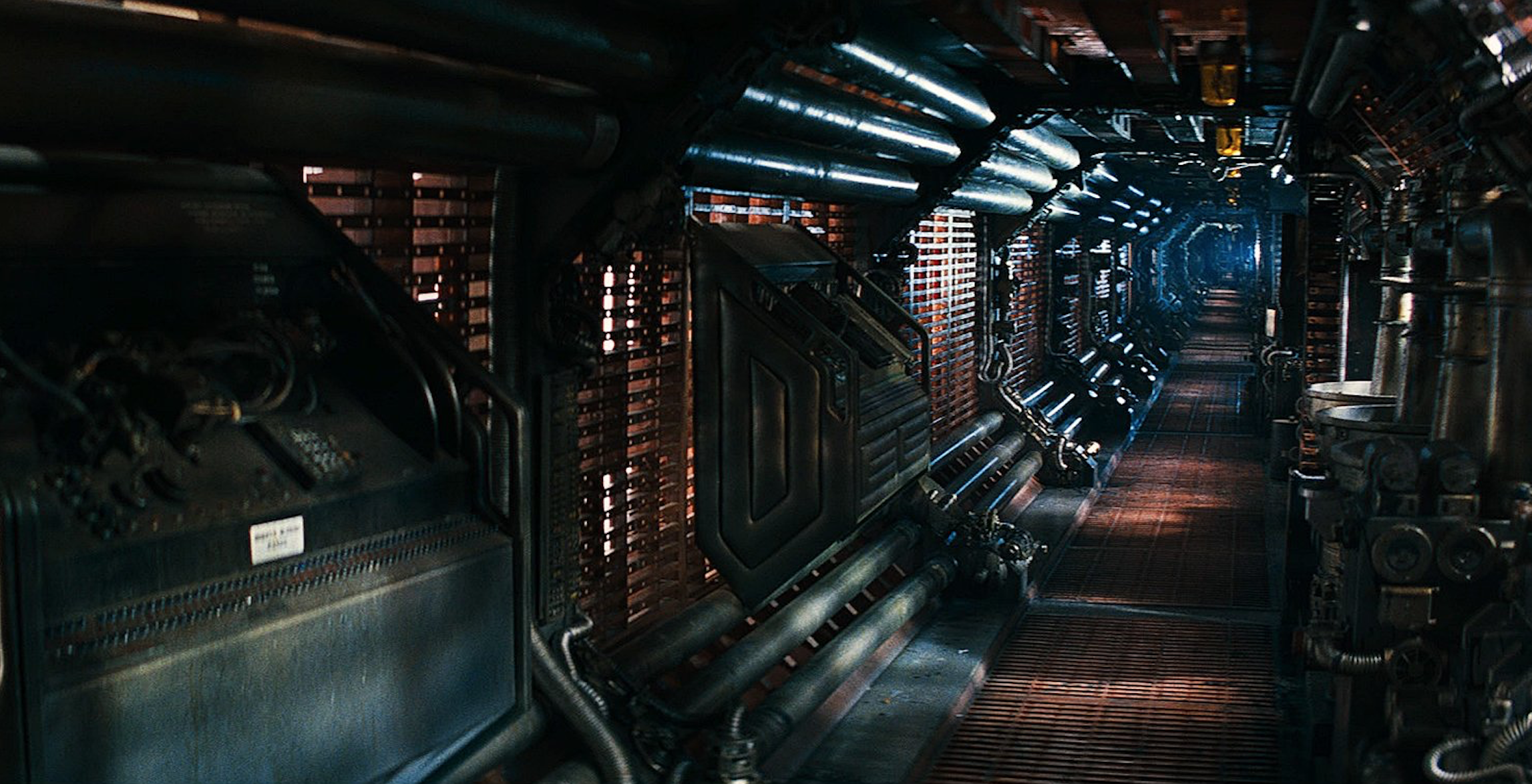
Regarding some of his proudest work witnessed in "Alien," Christian's narrow ribbed corridors adorned with junk pieces of broken jet engines and tubing set the standard for the genre that's often been replicated but never surpassed.
"The corridors were particularly impressive to be in them," he notes. "I loved that big set. That to me was the pinnacle of all science fiction ships ever, much as it drove me nuts! [Art director] Michael Seymour and his crew built it and then Ridley asked them to lower the ceiling. I was party to all this and was agreeing with them and they did it I think six times. It was a nightmare for construction and the designer who'd storm off the set. But Ridley wanted that down in the camera because he was on anamorphic lenses. He wanted claustrophobia and you needed to see that ceiling. That bridge set to me is one of the finest sets I ever was involved in."
It's inconceivable, but "Alien's" Space Jockey set was nearly never constructed due to the strict studio budgetary slashes and mounting financial concerns.
"That was another huge round of 'not happy' meetings with 20th Century Fox and Peter Beale who was in charge of the budget. That was cut out and Ridley pleaded, we all did, for it to be in there. You had to have that scale. So the compromise was to build it on a turntable and only build half of it. Then Ridley could use the same background and turn it round on the turntable."
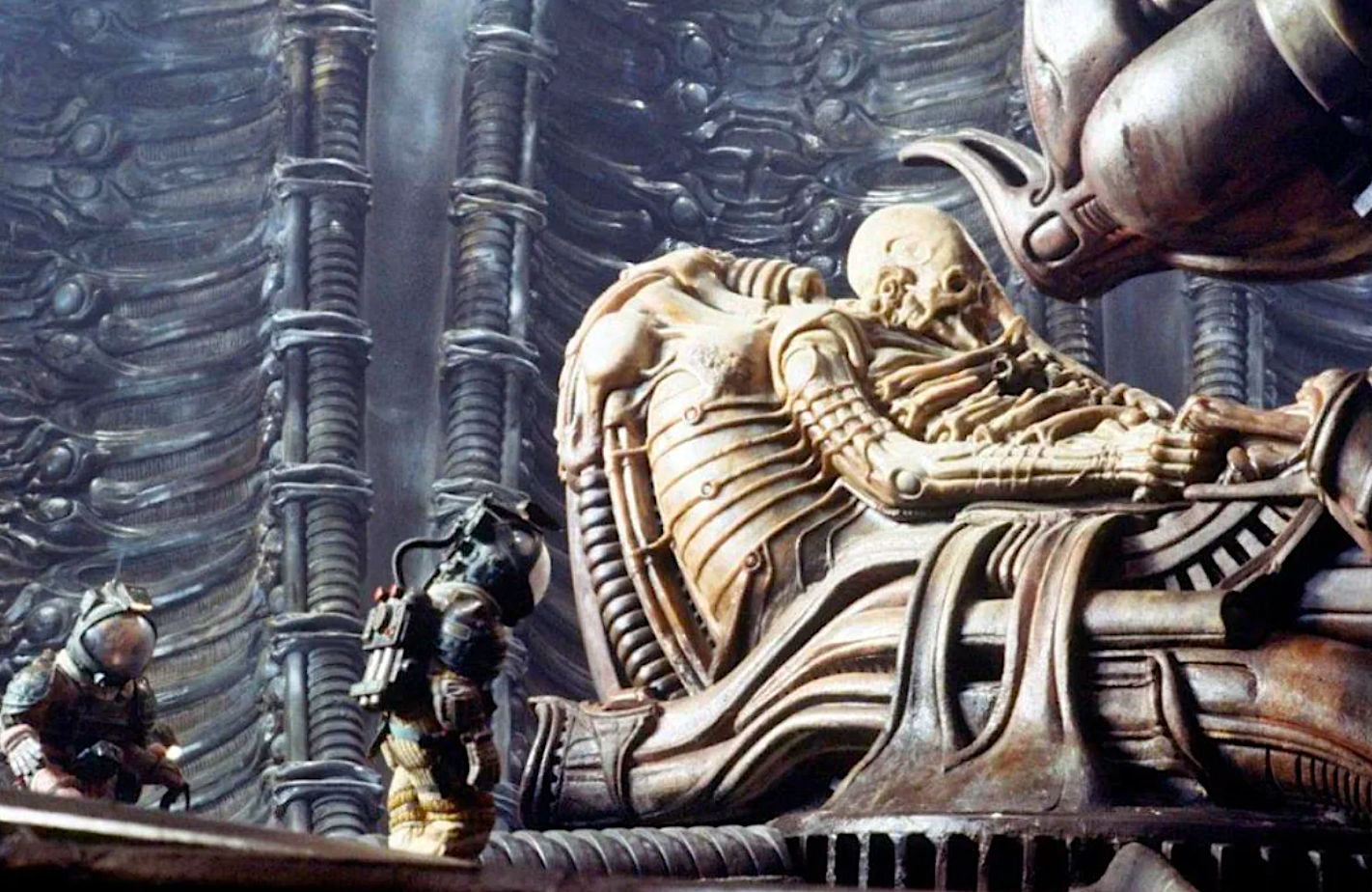
As "Alien: Earth" reveals its gruesome horrors, the question naturally arises of why does the "Alien" franchise endure? How has it inspired a fresh generation of filmmakers delving into its primal mysteries to mine new chills in this resurgence of interest in the property for film, TV, comics, and video games?
"There is a deep mythology behind 'Alien' that resonates with people," adds Christian. "Most horror films touch on phobias that we have and 'Alien' really touched on a big one and it helped to establish it and that world. It all goes back to campfires where you can sit around together and be scared in a community. This goes back to original Man probably talking about the biggest sabretooth tiger they’d ever seen that came and killed friends of theirs.
"These fears are there in us as humans in the modern world. 'Alien' personified all that. So there is a kind of mythic quality and reasoning. Any of these movies, 'Star Wars' in particular, are written and made to penetrate your subconscious. 'Alien' did that as well as anyone or anything has ever done. But it also was a horror film you could all go and experience. It crossed that barrier where it became a mainstream movie. You could go and be scared and it was okay."
Watch Alien: Earth on Hulu in the US. You can also watch the rest of the Alien and Predator franchises, including recently released hits like Prey and Alien: Romulus.
You can find the available plans below:
Hulu (with ads): $9.99/month or $99.99/year
Hulu (no ads): $18.99/month
If you're living in the UK, or anywhere else outside the US, then you won't have access to Hulu. Fortunately, you'll find Alien: Earth and the rest of the Alien franchise on Disney+.
Prices vary by country, but you can find the UK prices below for reference:
Standard (with ads): £4.99/month
Standard (no ads): £8.99/month or £89.90/year
Premium (4K): £12.99/month or £129.90/year
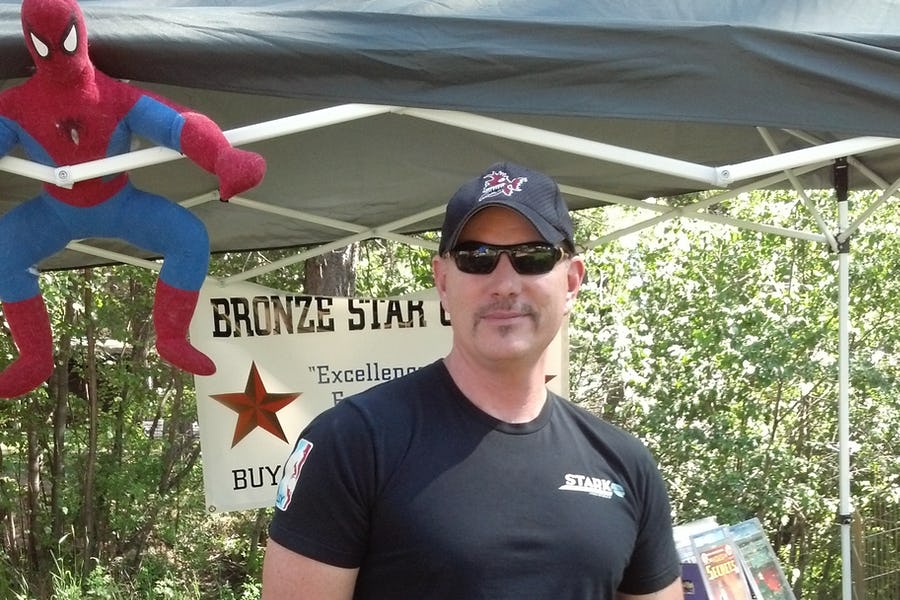
Jeff Spry is an award-winning screenwriter and veteran freelance journalist covering TV, movies, video games, books, and comics. His work has appeared at SYFY Wire, Inverse, Collider, Bleeding Cool and elsewhere. Jeff lives in beautiful Bend, Oregon amid the ponderosa pines, classic muscle cars, a crypt of collector horror comics, and two loyal English Setters.
You must confirm your public display name before commenting
Please logout and then login again, you will then be prompted to enter your display name.


